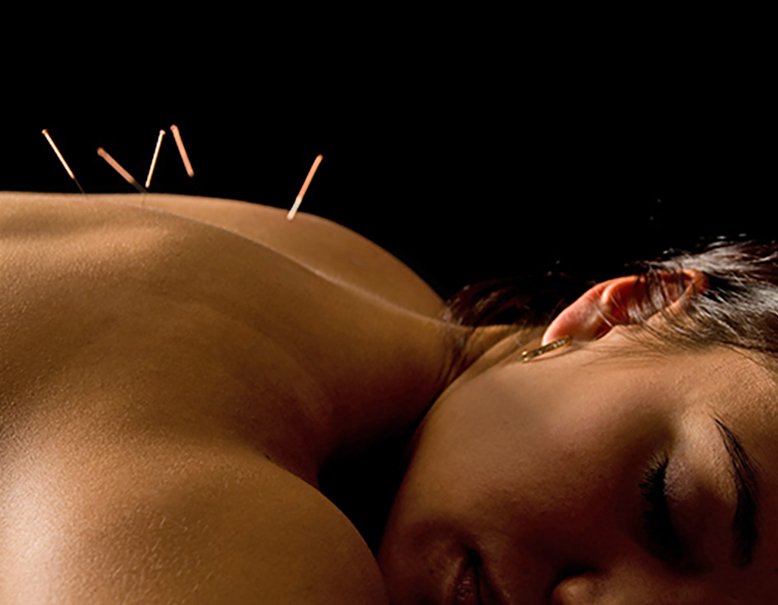 What is dry needling?
What is dry needling?
Dry needling is a specialized treatment option to alleviate irritable, hard “knots”, or trigger points, within a muscle that may cause pain over a large area. While nearly everyone has experienced muscle tension pain, the discomfort associated with this type of pain, known as myofascial pain, persists or worsens over time. Dry needling these trigger points breaks the pain cycle and allows the muscles to relax, thus relieving pain.
Is dry needling similar to acupuncture?
Acupuncture is the inspiration for dry needling but there are many differences between the two treatments. (1) Acupuncture is based on Chinese medicine whereas dry needling is based on Western medicine principles and research; (2) Dry needling treats myofascial pain by stimulating trigger points. Acupuncture relieves pain by creating balance in the body’s energy levels; (3) Dry needling focuses on myofascial muscle pain whereas acupuncture treats a broader range of ailments; (4) Dry needling and acupuncture require different training and credentials.
How does dry needling work?
Dry needling works in at least 3 different ways. First, the simple insertion of a thin, filament needle into skin and muscle gives you a rush of natural painkillers called opioids, and a feel good hormone called serotonin. These actively reduce your pain and enable you to exercise more effectively. Second, using a needle to stimulate a trigger point frees the muscle to work more efficiently by causing it to twitch and release. This helps the muscle contract and lengthen, and allows you to have more power and better flexibility in the muscle. It also reduces local muscle pain. Third, by using a combination of needles in different parts of your body, your therapist can help align and balance your movement patterns as a whole. The exact reasons why dry needling works are not entirely known but most practitioners agree that twitch responses may disrupt the pain cycle and stimulate certain neurological sensors in the body which modulate pain signals. It ultimately results in positive biochemical changes and alleviates pain.
What types of problems can be treated with dry needling?
Dry needling can be used for a variety of musculoskeletal problems. Such conditions include, but are not limited to, neck, back and shoulder pain, arm pain (tennis elbow, carpal tunnel, golfer’s elbow), headaches (migraines, tension-type headaches), jaw pain, buttock pain and leg pain (sciatica, hamstrings strains, calf tightness/spasms).
Will dry needling alone alleviate my pain?
It is important to remember that dry needling is only one part of the treatment component. Physical therapy treatment may also include: joint mobilization, a carefully designed therapeutic exercise plan, and advanced hands-on therapy techniques. These will restore a patient’s optimal physical function. A multidimensional treatment approach is paramount for a successful recovery. Singular treatment approaches often only offer temporary relief or fail altogether.
Is the procedure painful?
Most patients do not feel the insertion of the needle. The local twitch response elicits a very brief painful response. Some patients describe this as a little electrical shock; others feel it more like a cramping sensation.
What are the side effects?
Many patients report being sore after the procedure. Typically, the soreness lasts between a few hours to two days. Your therapist will discuss how to alleviate your soreness but typically recommendations include applying heat or ice over the area, gentle stretching and modification of activities.
How long does it take for the procedure to alleviate pain?
This procedure relies on a cumulative response to break the pain cycle and, typically, several treatments are needed to obtain pain relief.
Why is my doctor unfamiliar with dry needling?
In the United States, dry needling is a relatively new method for treating myofascial pain and trigger points.
Where can I get more information?
Please contact Peak Performance Physical Therapy: 920-738-0671
Don’t see your issue listed? We address many physical therapy issues beyond what is featured on our website. Contact us for more information.